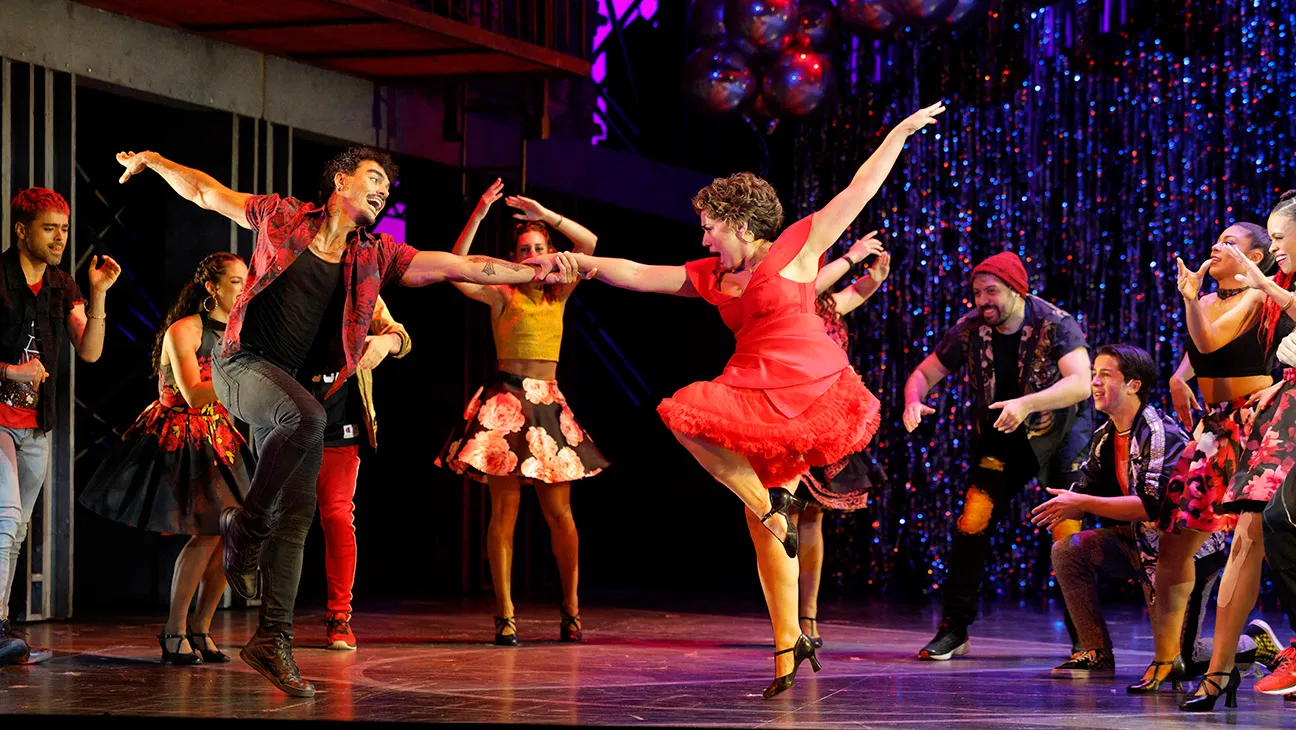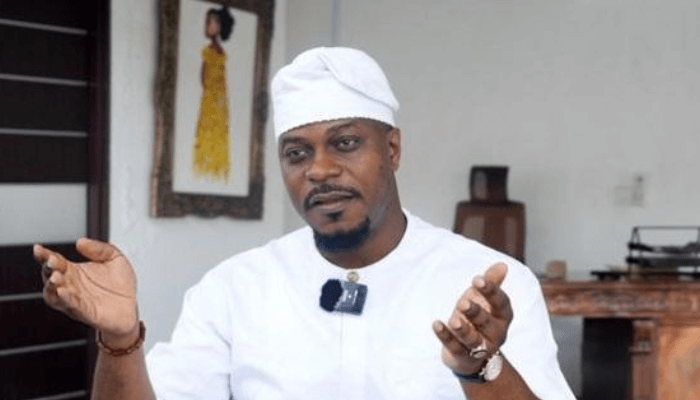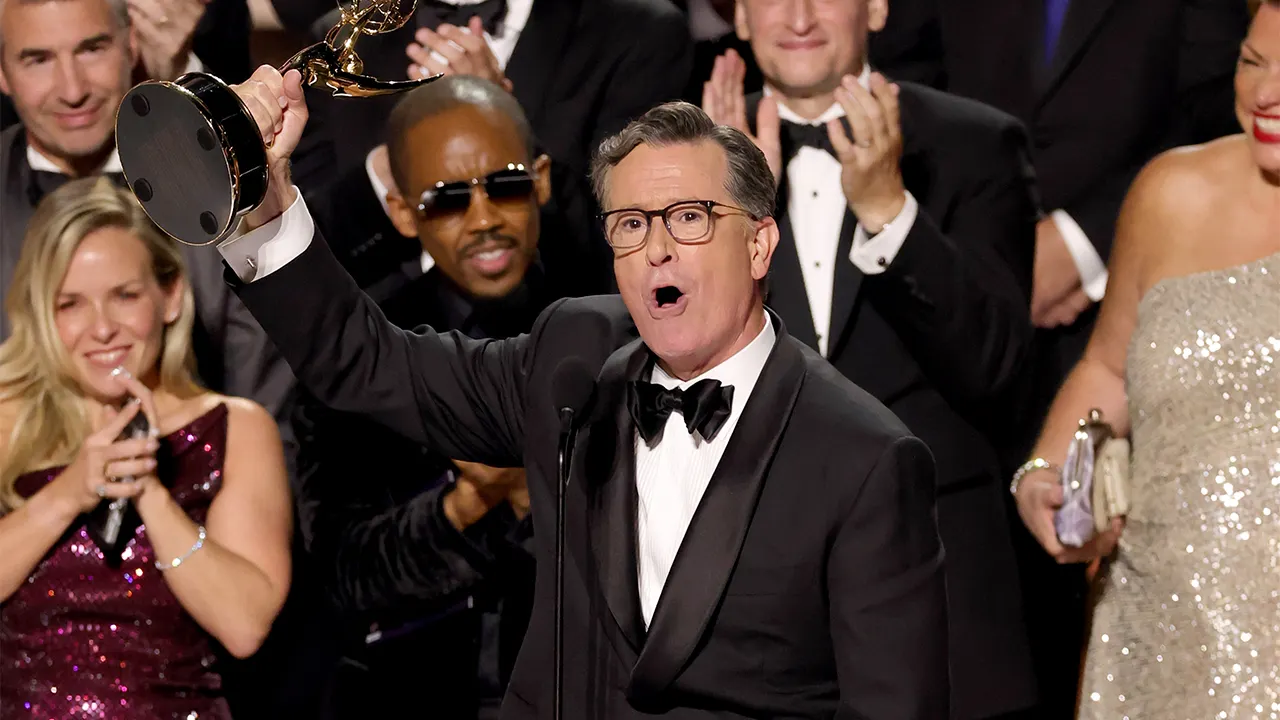
Steven Spielberg called it the most daunting film of his career. Stephen Sondheim said his own lyrics made him cringe. When talking about West Side Story — among the most enduring stage and screen properties of all time — there is rarely a shortage of awe or debate.
The LA Opera — not particularly known for Broadway or Hollywood adaptations — is about to put its own ambitious stamp on this masterwork, which was originally conceived by Broadway great Jerome Robbins as a modern-day (1950s) take on Shakespeare’s Romeo & Juliet.
Interest in the show, piqued by hundreds of WSS banners waving across Los Angeles since June, prompted LAO to add extra performances before anyone had heard a note. The show opens Saturday at the Dorothy Chandler Pavilion, where it will run for the next four weekends.
“I wanted to create something that an opera house could give it, that other mediums couldn’t,” says director Francesca Zambello, who calls this current production “suggestive of a historic time, but with a contemporary, cinematic feel.”
In an evening that hews closely to the 1957 Broadway original, Tony and Maria still fall for each other at first sight while the Sharks and Jets are at war.
The celebrated score by Leonard Bernstein, with lyrics by a then 25-year-old Sondheim (working on his first show), includes the classics “Somewhere,” “Tonight,” “Maria” and “Something’s Coming.” Sondheim’s least favorite was “I Feel Pretty,” a song he called inauthentic.
The show’s head-on look at racism, immigration, guns and gangs was groundbreaking in its day. Now, it’s seemingly more relevant than ever.
“Who would have imagined when [playwright Arthur Laurents] wrote this [dialogue] 70 years ago, it would still speak to us now, and in an even more amplified voice?” Zambello says. “And not just on issues of immigration, but also gun control.”
The production includes a mix of operatic and theater voices; a larger than typical cast of dancers and actors; big set pieces; “and as many as 50 musicians in the pit,” adds Zambello, who serves as artistic director of the Washington National Opera in D.C.
She first mapped out an opera-house version of West Side Story in a 2018 collaboration with the Houston Grand Opera and the Glimmerglass Festival of Cooperstown, New York.
To replicate every step of Robbins’ iconic choreography, she was joined in Los Angeles last week by two-time Tony nominee and Emmy-winning choreographer Joshua Bergasse (NBC’s Smash). The dancing being even just the slightest bit “off” was not an option.
“It’s iconic the same way the music is,” Zambello says. “And the music was written around this choreography.”
Particular attention also has been paid to righting flaws in the original work, much as Spielberg did in his 2021 film adaptation. This includes casting only Latino actors in roles where a character’s language of origin is Spanish. Many of the performers are Angelenos, some by way of Mexico and Central America.
As Zambello put the cast through rehearsal last week, she seemed not at all daunted by the specter of the 10-time Oscar-winning 1961 film or Spielberg’s version (seven nominations, one win). Or even that Hollywood may be watching.
“You respect the work of your colleagues,” she says of the many West Side Story iterations over the years. “But everyone follows their own path.”
Though director Rian Johnson joined the opera’s board last year and former studio head Sherry Lansing is a Life Trustee, LAO has rarely focused on adapting familiar Hollywood and Broadway properties, even while other prominent opera companies branch out in that direction.
Director Gregory Nava (Selena, El Norte) and former DreamWorks producer-director Tim Johnson (Antz, How to Train Your Dragon: Homecoming) are LAO board members as well.
But the LA Opera kicking off its 40th season with a Broadway staple, rather than say La Boheme (that will come later, closer to Thanksgiving), was not the result of an experiment in demographic expansion.
Rather, the show was simply atop the wish list of the opera’s longtime maestro James Conlon — a score he was determined to get to before he retires this spring after a 20-year run.
“That may be surprising for someone whose work is most closely associated with Wagner, Puccini and Mozart,” Chris Koelsch, the company’s CEO, says of Conlon. “I knew West Side Story had particular resonance for him. We’ve been having an ongoing 20-year-long conversation about it.”
Raised in Queens, Conlon grew up in the era of the Broadway classic and in its very setting, attending schools on New York’s West Side.
A classical musician and graduate of the Juilliard School, he’s been fielding questions from friends wondering about his Broadway detour: “They’ve been saying, ‘This isn’t an opera — or are you making it into an opera?’ My answer is ‘No, we’re not doing anything.’ It’s one of the most perfect works that has ever been created.”
Like many in the arts, he notes the material endures because it comes from “the most miraculous quartet” ever assembled for a single show — Bernstein, Sondheim, Laurents and Robbins, who also directed. “They created this lasting masterpiece that I don’t think will ever be dated,” he says.
Early on, Bernstein had scribbled his hope for the project atop his copy of a Romeo & Juliet script: “An out-and-out plea for racial tolerance.”
Conlon cites Bernstein’s work here as among the composer’s richest — pieces that have moved seamlessly among the movies, Broadway revivals and symphony orchestras, including the era when Bernstein was conductor of the New York Philharmonic. (See Bradley Cooper’s 2023 biopic Maestro for more on that.)
Like Bernstein, Robbins also was a rarity who moved effortlessly between the fine arts and pop culture — as enmeshed with the New York City Ballet as he was with such Broadway classics as Gypsy, Fiddler on the Roof, Peter Pan and a dozen more.
“It’s definitely an honor to pass down his work,” Bergasse said of classic numbers such as “Cool,” “The Dance at the Gym,” “Prologue” and “America.”
While he’s eager for precision, the choreographer says he’s “always figuring out what is best for a particular cast. Everyone has different skill sets, and you want to utilize that. So that’s the balancing act, to be as true to Robbins as possible while servicing the cast you’re working with.”
While the LA Opera has not revealed plans for further theatrical excursions, Koelsch says he’s eager to gauge audience reactions this weekend. “This idea of restoring the original scale and glory to certain pieces rests pretty comfortably inside of opera houses, because it’s what we do,” he says.
Fighting perceptions that opera is elitist or only happens “in this grand temple on Grand Avenue and is not for everyone” is also top of mind.
“The project of the LA Opera is the democratization of access to the art form,” he says, adding that tuxes and athleisure wear may sit side-by-side as the nonprofit — with a budget of $30 million this year — has grown.
Turning to Broadway again isn’t off the table. Sondheim’s Sweeney Todd, The Sound of Music, Les Misérables and several sung-through Andrew Lloyd Webber shows have all received the opera sheen from various companies around the world and are on the radar of others, says Zambello.
“But West Side Story,” she says, “is in the subconscious of everyone who works in American theater.”



